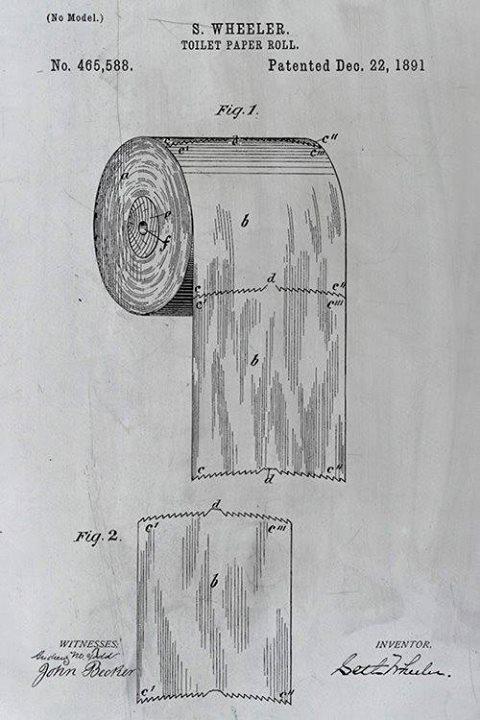http://www.hawaiianswers.com/why-are-there-interstate-highways-in-hawaii/:
"
Why are there interstate highways in Hawaii?
This question is a classic, a staple of joke lists, and most recently the ponderable punch line of a national Volkswagen television ad. Unfortunately, the answer isn’t nearly as funny as the question.
There are three major interstate highways in Hawaii, creatively named H-1, H-2, and H-3, and a little-known fourth, H-201. They are called “interstates” because they are all part of the national network of interstate highways — technically the The Dwight D. Eisenhower System of Interstate and National Defense Highways — and were built with the same funds and built to generally the same specifications.
- H-1 is 27.1 miles long and runs from Makakilo at Farrington Highway (Hawaii State Route 93) to Kahala at Kalanianaole Highway (Hawaii State Route 72).
- H-2 is 8.3 miles long and runs from Pearl City to Wahiawa at Wilikina Drive (Hawaii State Route 99) — near Schofield Barracks and Wheeler Army Airfield.
- H-3 is 15.3 miles long and runs from Pearl Harbor to the main gate for Marine Corps Base Hawaii in Kaneohe.
- H-201 is 4.1 miles long and runs from H-1 near Aiea to H-1 entering urban Honolulu. Often described as Hawaii’s “secret interstate,” a great deal of information on this loop can be found here at road geek site Kurumi.com.
As you might have inferred from the official name of this highway network, the prevalence of military facilities located at the ends is no coincidence. While these roads are used primarily by civilians, the idea was to have a uniform, efficient network of high-speed roads to connect military bases… just in case. So, for example, hills and dips along most interstate highways aren’t supposed to get too steep, curves aren’t supposed to get too sharp, on ramps and off ramps are usually above or below the highway (allowing easier control of access), and so on.
It bears noting that H-3 is the most expensive interstate highway ever built, at a cost of over $1.5 billion ($100 million per mile). It had many critics, and quite of few of them pointed out how little it was needed by island residents. Of course, it wasn’t being built for them: as noted above, it was built to connect the Marine Corps base to the U.S. Navy port at Pearl Harbor.
There is a great deal of trivia associated with the interstate highway system, and not surprisingly, Hawaii’s entries are oddities. Interstate H-201, the “secret interstate,” broke all sorts of rules. Other examples? In the national freeway system, even numbers (I-4 in Florida) are for highways which are primarily east-west routes, and odd numbers (I-97 in Maryland) are for highways which are primarily north-south. All Hawaii interstates run counter to this “rule.” Other exceptions include the fact that H-1 has many at-grade (not raised or lowered) on ramps and off ramps, has ramps that do interfere with the flow of through traffic, and has ramps closer than one mile apart, all much to the chagrin of daily commuters."


